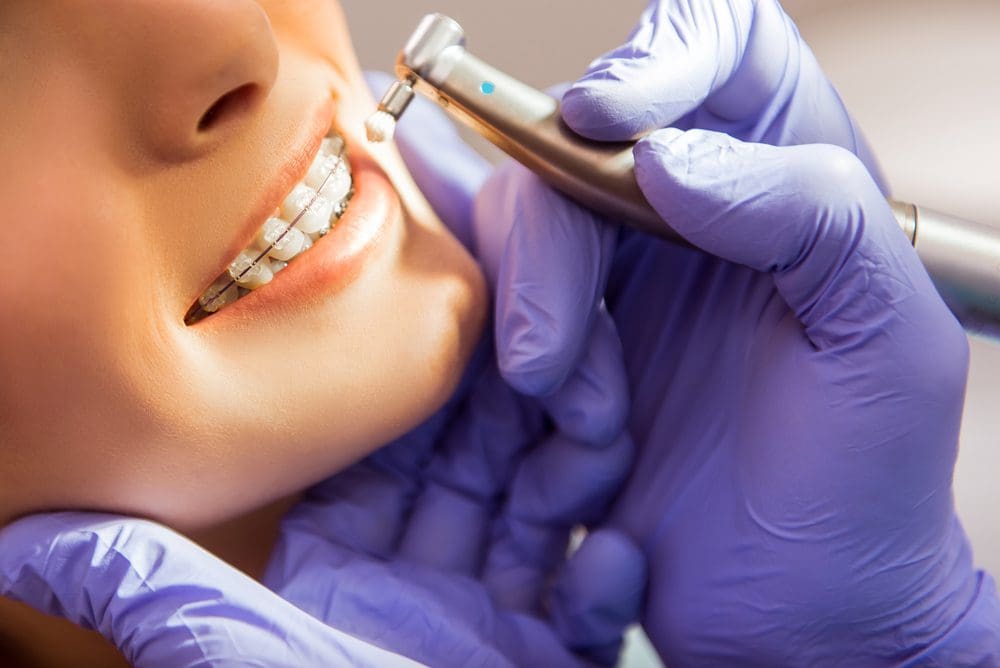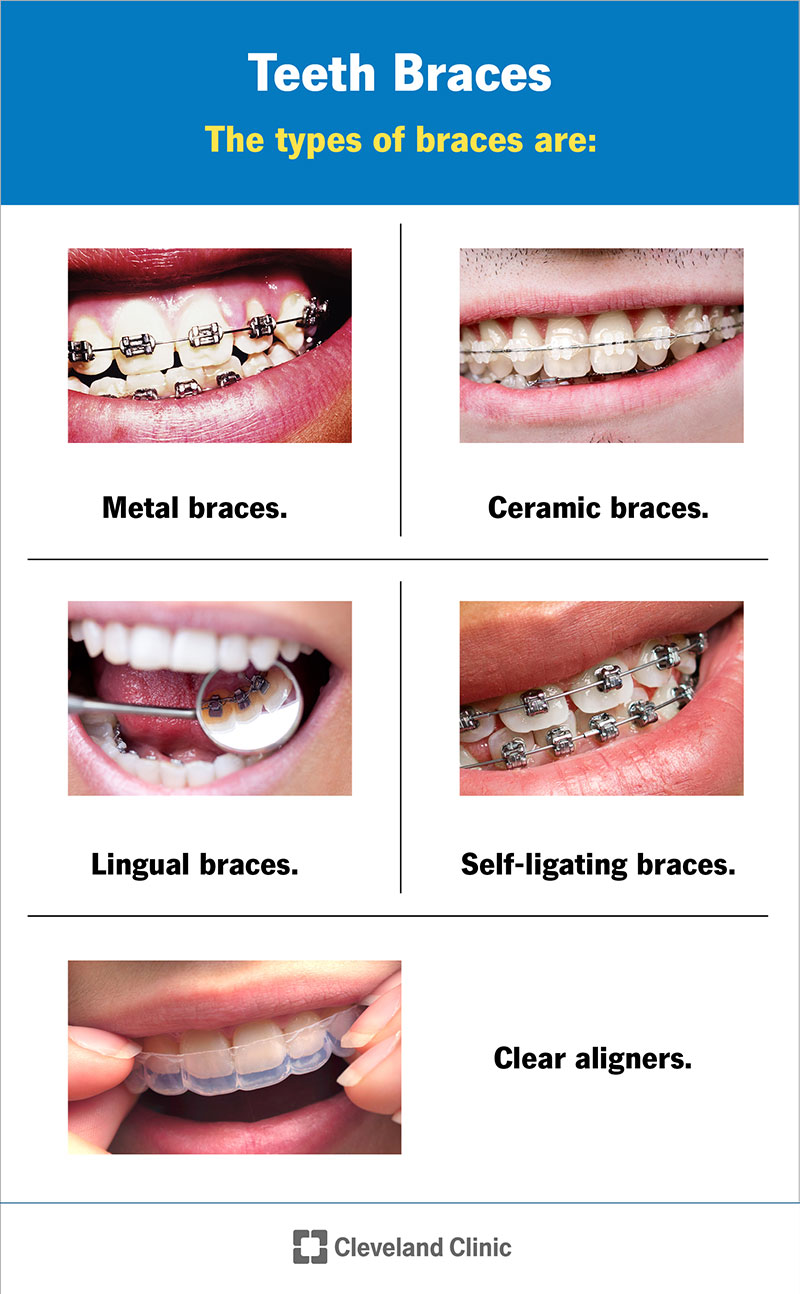Comprehensive Overview to Orthodontics Treatments for Correcting Dental Imbalances
Comprehending the complexities of each procedure, including their systems, advantages, and prospective downsides, is important in making educated decisions regarding one's orthodontic treatment. As we browse via the extensive overview to orthodontic treatments for fixing dental imbalances, the complex details of each technique will unravel, losing light on the course toward a functional and harmonious oral alignment.
Orthodontic Procedures Introduction

Regular changes and monitoring are critical parts of orthodontic therapy to make certain progress is on track and to make any kind of necessary adjustments along the method. By going through orthodontic procedures, patients can not just achieve a straighter grin but additionally enhance their general dental wellness and feature.
Typical Braces: Just How They Function
When thinking about orthodontic therapies for dental imbalances, typical dental braces stand out as a time-tested technique for remedying teeth placing. Typical braces are composed of braces, cords, and bands that function with each other to apply continuous stress on the teeth, gradually relocating them into the desired placement.
One key aspect of how traditional dental braces work is the procedure of bone renovation. As pressure is used to the teeth through the dental braces, the bone surrounding the teeth is improved to support the new tooth settings. This remodeling is vital for the lasting security of the remedied alignment. Patients will need normal changes at the orthodontist's office to make sure the braces continue to apply the proper pressure for efficient teeth activity.
Undetectable Aligners: Disadvantages and pros
These clear, customized trays are practically invisible when put on, making them an attractive choice for individuals looking for a more cosmetically pleasing orthodontic treatment. Individuals can get rid of the aligners prior to eating or cleaning their teeth, lowering the risk of food obtaining stuck in the device and simplifying the cleaning process.

Surgical Orthodontic Options
Surgical interventions in orthodontics existing sensible alternatives for attending to intricate dental imbalances that may not be efficiently solved through standard orthodontic treatments. While unseen aligners and conventional dental braces can correct lots of orthodontic issues, specific situations require medical intervention to accomplish optimum outcomes. Surgical orthodontic options are typically recommended for serious malocclusions, substantial jaw disparities, and situations where the underlying bone framework requires adjustment to accomplish proper alignment.
One typical medical orthodontic procedure is orthognathic surgery, which entails rearranging the jaws to remedy practical problems such as trouble chewing or talking. This surgical treatment is usually done in partnership with an orthodontist who aids straighten the teeth before and after the treatment. Surgical orthodontics might likewise entail treatments to subject impacted teeth, get rid of excess gum cells, or improve the jawbone to develop a much more harmonious facial profile.
Before thinking about medical orthodontic alternatives, patients go through a comprehensive analysis to figure out the need and prospective advantages of such treatments. cumming aligners. While surgery might seem daunting, it can substantially boost both the feature and looks of the smile in cases where standard orthodontic therapies fall short
Retainers and Post-Treatment Treatment

Failure to Learn More comply with post-treatment treatment directions can result in relapse, where the teeth gradually move back towards their initial positions. Consistent retainer wear, excellent oral hygiene, and routine dental check-ups are vital for preserving the outcomes accomplished with orthodontic surgical procedure and making certain the lasting stability of the remedied oral alignment.
Final Thought
Finally, orthodontic treatments provide numerous options for fixing dental you can try these out imbalances. Standard braces utilize metal brackets and wires to change teeth into appropriate placement. Unnoticeable aligners give an even more very discreet alternative however might not be suitable for all cases. Surgical orthodontic choices are offered for more extreme misalignments. Retainers are typically used post-treatment to preserve the brand-new placement. Generally, orthodontic treatments can effectively boost oral wellness and aesthetic look.
As we navigate through the detailed guide to orthodontic treatments for fixing dental imbalances, the elaborate information of each method will certainly unravel, dropping light on the course towards a harmonious and practical dental alignment. - cumming orthodontist
One of the most typical orthodontic therapies is the use of braces, which are composed of metal braces and cords that apply mild stress to progressively shift teeth right into the preferred position.When considering orthodontic therapies for oral imbalances, traditional dental braces stand out as a tried and true technique for remedying teeth positioning. Additionally, unseen aligners may not be suitable for complicated orthodontic issues that need more substantial teeth motion, as they are typically recommended for mild to modest cases. Retainers are customized orthodontic tools created to hold teeth read this article in their corrected settings after the conclusion of orthodontic therapy.